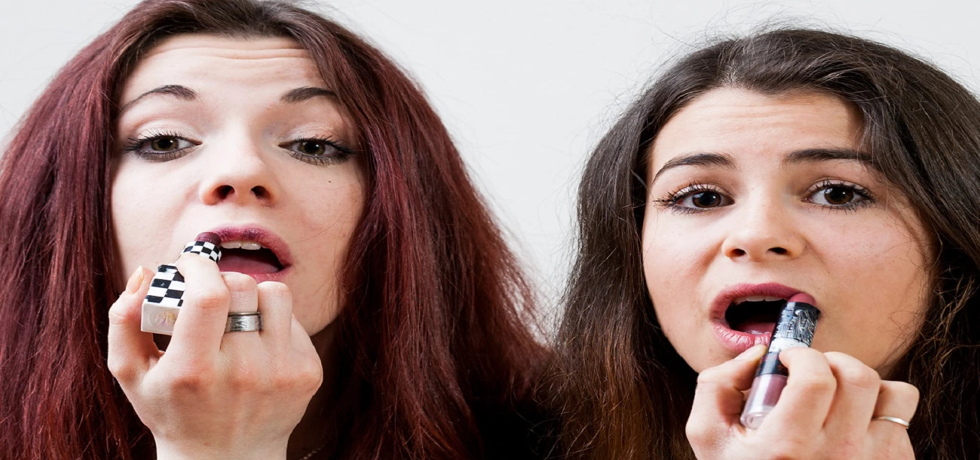
Prevent Herpes: Makeup Sharing Risks
Understanding Herpes Transmission through Makeup
How Common is Herpes Infection?
Herpes infections are more prevalent than many might assume. In fact, studies indicate that 50-80% of adults in urban areas are infected with the oral herpes virus, often without knowing it. Whether or not active symptoms are present, the virus can reside in facial tissues, making herpes transmission through shared makeup a real possibility.
Transmission Methods of Herpes
The herpes virus is typically spread through direct contact, such as kissing or sharing food and drinks. However, it can also be transmitted through shared personal items. When it comes to makeup, any implement that comes into contact with the mouth or face can harbor the virus. This includes lip products like lip balm, lipstick, and even makeup brushes.
How Long Does Herpes Live on Makeup?
The lifespan of the herpes virus outside the human body is surprisingly notable. While it’s a fragile virus, research suggests it can survive longer in warm, moist environments. For instance, it can remain active on plastic surfaces like lip gloss or lipstick for several hours to even a day under the right conditions. This adds to the risk of herpes when you share makeup, lipstick, lip balm, or chapstick.
Active Cold Sores Not Required for Transmission
A crucial fact to consider is that herpes can be transmitted even when there are no visible cold sores. According to health experts, the virus can be shed even in the absence of symptoms, increasing the likelihood of unnoticed transmission during makeup sharing.
Understanding Realistic Risks
While the transmission risk is present, its generally considered low due to the fragile nature of the herpes virus. However, direct exchangessuch as sharing lipstick or makeup applicatorscould increase the risk, especially if there are droplets of infected saliva involved. It is wise to be cautious and minimize opportunities for potential exposure.
Best Practices to Prevent Herpes from Makeup Sharing
To protect yourself from herpes and other skin infections, follow these simple yet effective guidelines:
- Keep your cosmetics and brushes to yourself, similar to how you wouldnt share your toothbrush.
- Maintain good hygiene by regularly cleaning your makeup brushes and replacing them when worn.
- Always wash your hands before applying makeup, especially for areas like the eyes.
- When visiting makeup counters, ensure single-use applicators are used, and watch out for double dipping.
- Be mindful of placing makeup tools on clean surfaces, using tissues when necessary.
Conclusion and Actionable Advice
Sharing makeup may seem harmless, but awareness of the risks associated with herpes transmission is essential for everyone. Protect yourself by following best practices and keeping your makeup tools isolated. In our closely knit communities where sharing is common, it’s best to err on the side of caution when it comes to personal items like cosmetics.
For professional assistance and expert advice from leading dermatologists like Dr. Hital Patel, experience the benefits of Prevent Herpes: Makeup Sharing Risks with Hair & Skin Specialist Dr. Hital Patel at The Skin Artistry. Our clinics in PDPU Gandhinagar, Vastrapur Ahmedabad and Hyderabad (Visiting Consultant) offer top-quality care and personalized treatments. Visit us today to learn more about our services and take advantage of our special offers! For more insights, updates, or to collaborate, stay connected with The Skin Artistry.

